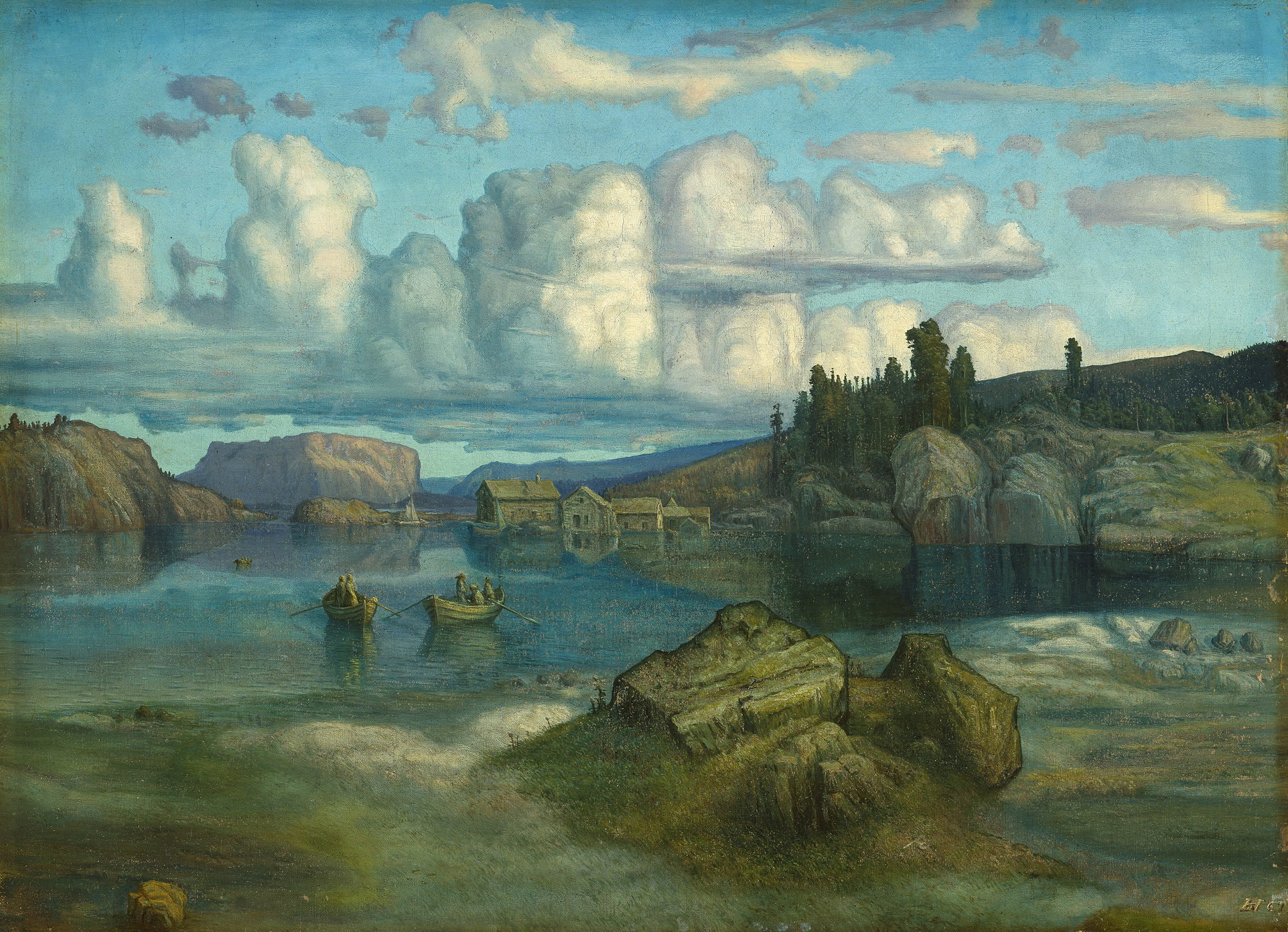
Lars Hertervig, "View of Tysvær", 1867.
Photo: Nasjonalmuseet
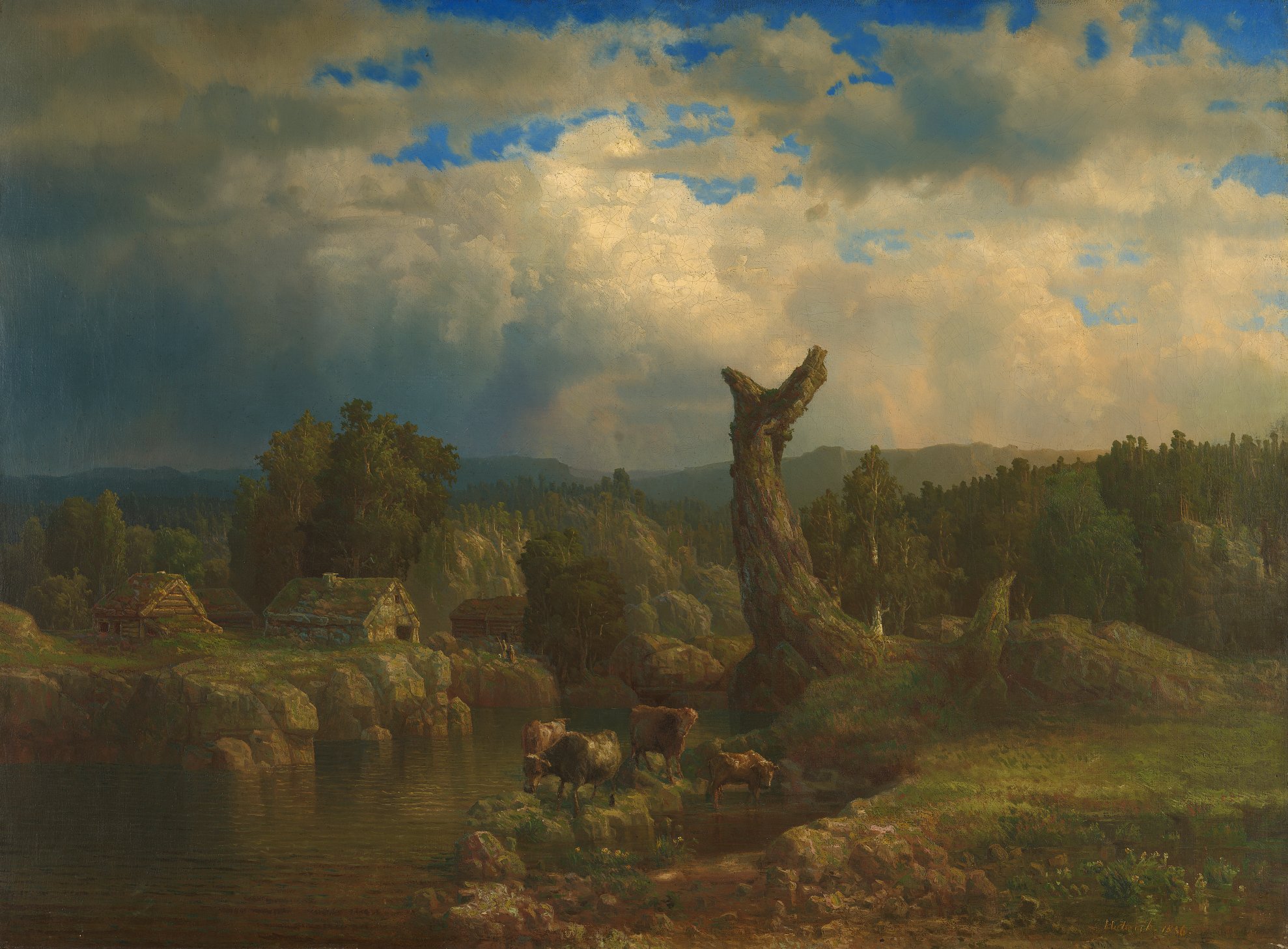
Lars Hertervig, "Summer Landscape, Thunder looms", 1856.
Photo: Nasjonalmuseet
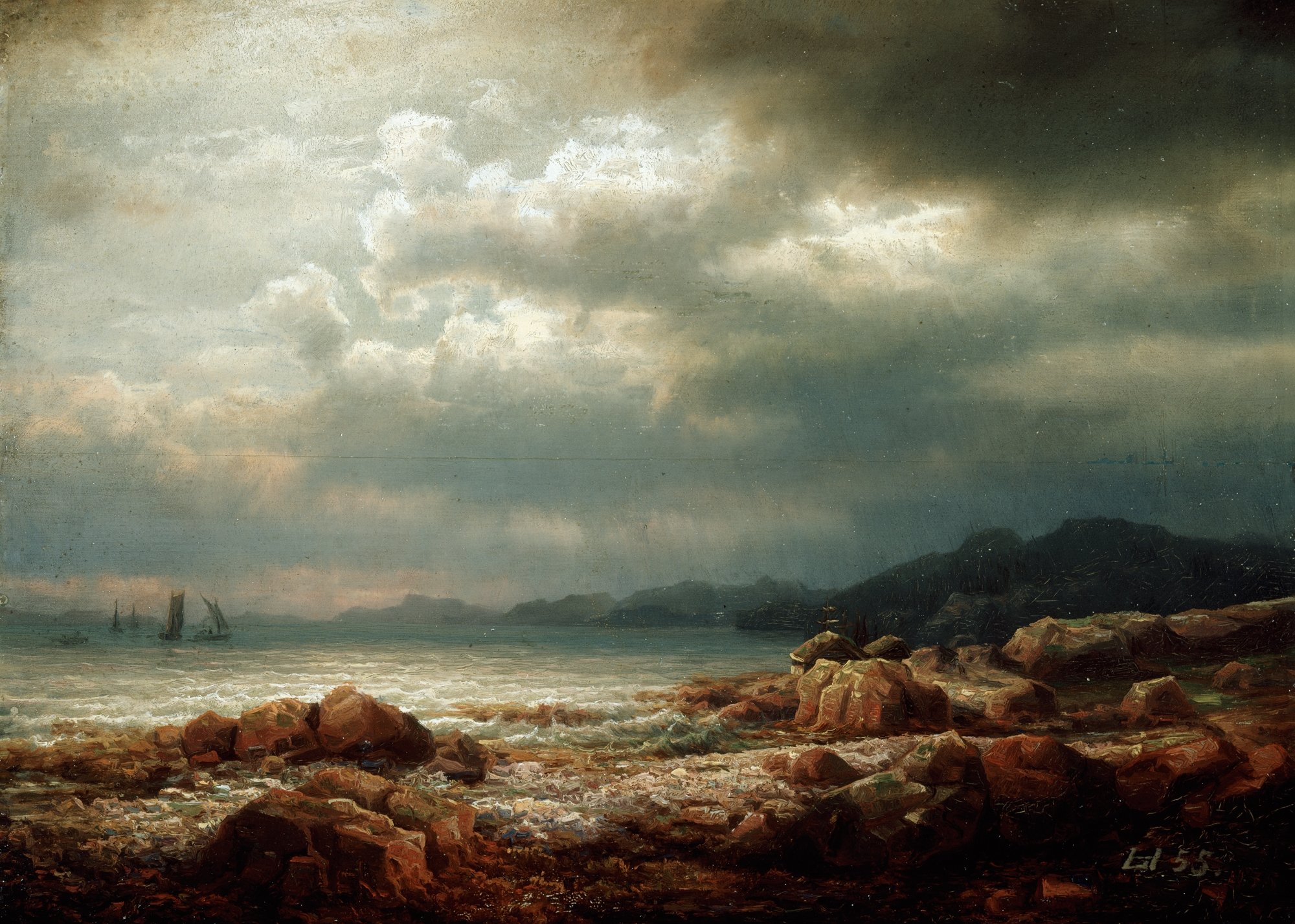
Lars Hertervig "Coastal Landscape", 1855.
Photo: Nasjonalmuseet
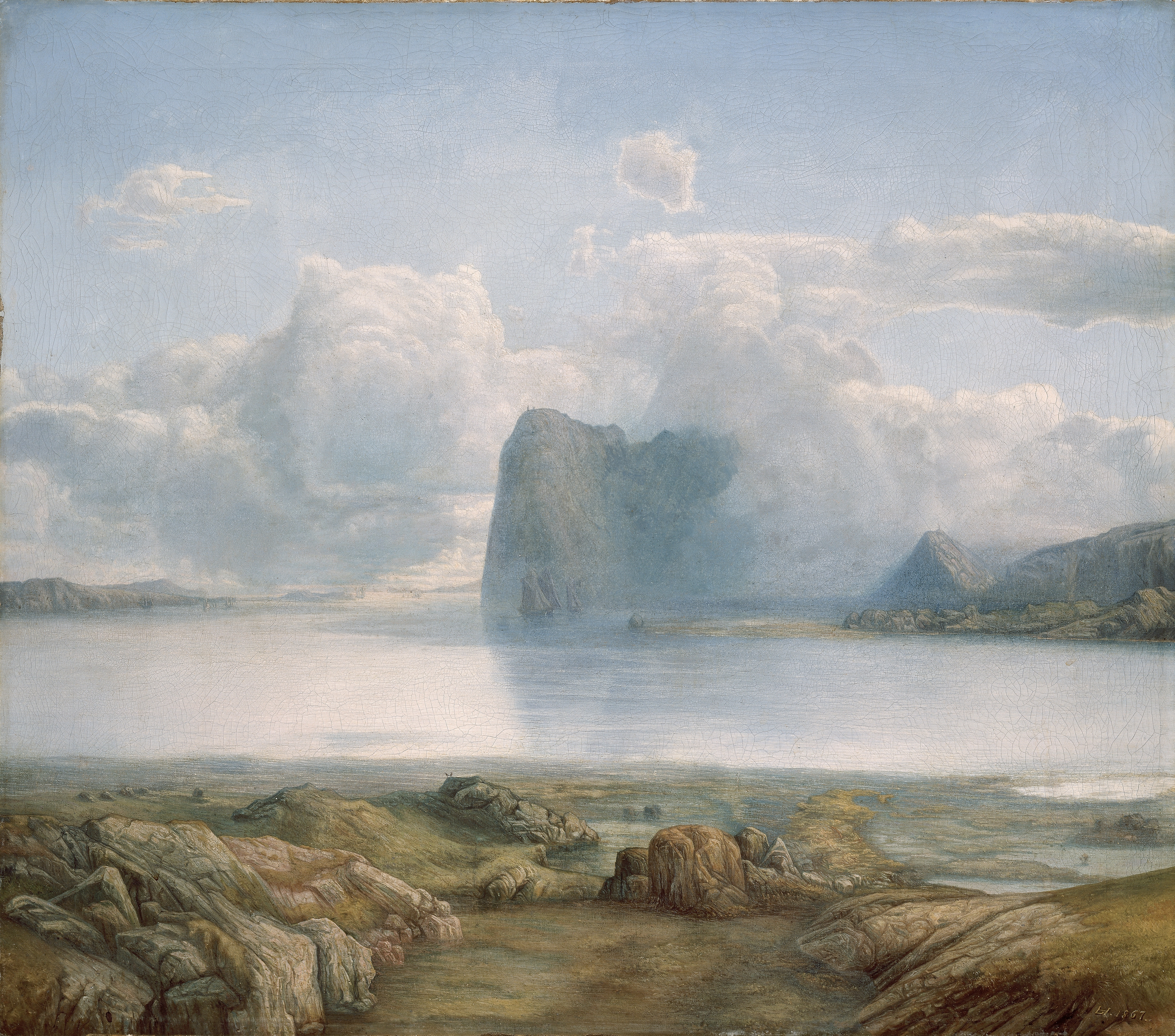
Lars Hertervig "The Island Borgøya", 1867.
Photo: Nasjonalmuseet/Jacques Lathion
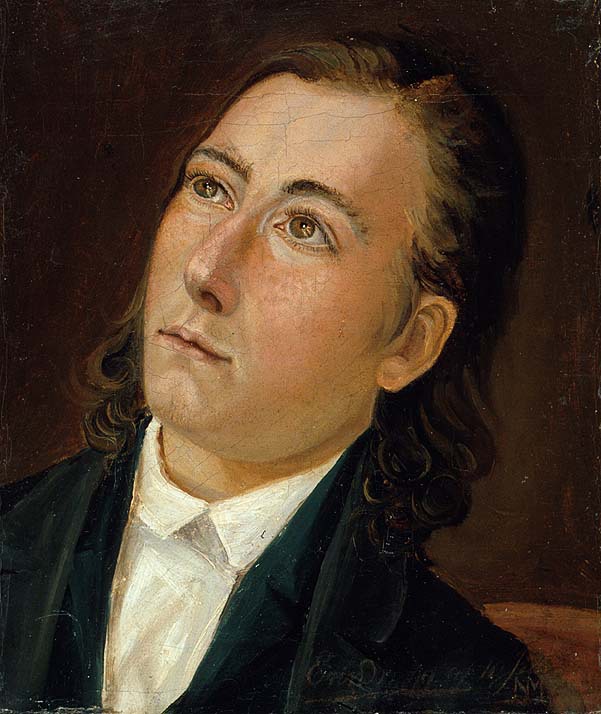
Niels Bjørnsen Møller, "Portrait of the Painter Lars Hertervig", 1851.
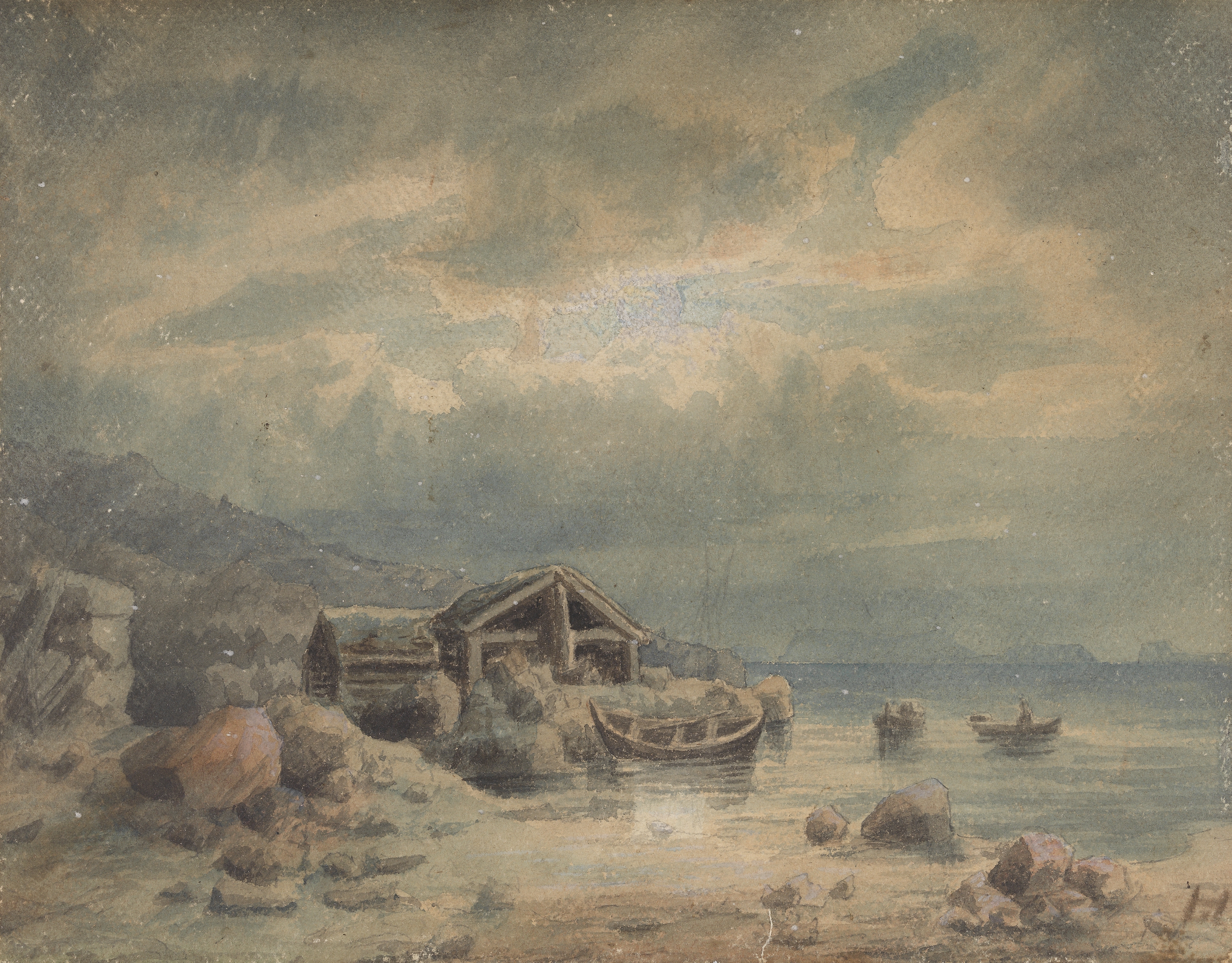
Lars Hertervig, "Boathouse and Boats by the Beach", Unknown year.
Photo: Nasjonalmuseet